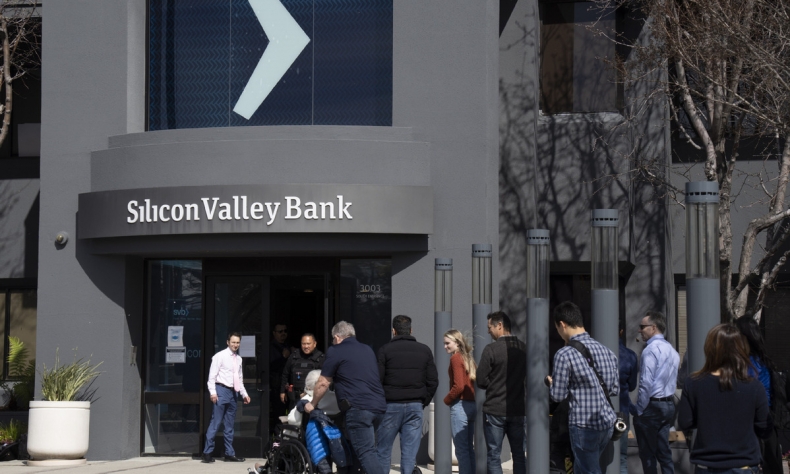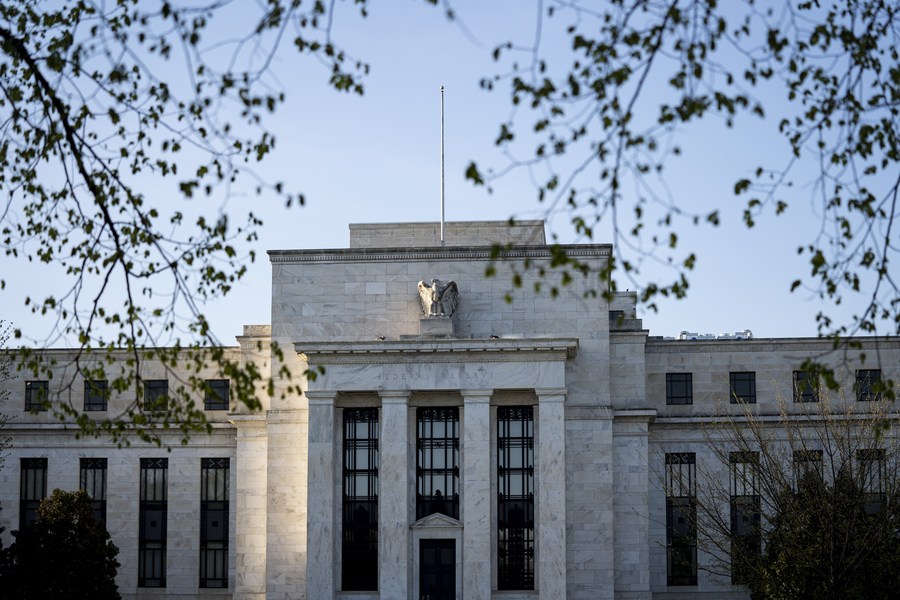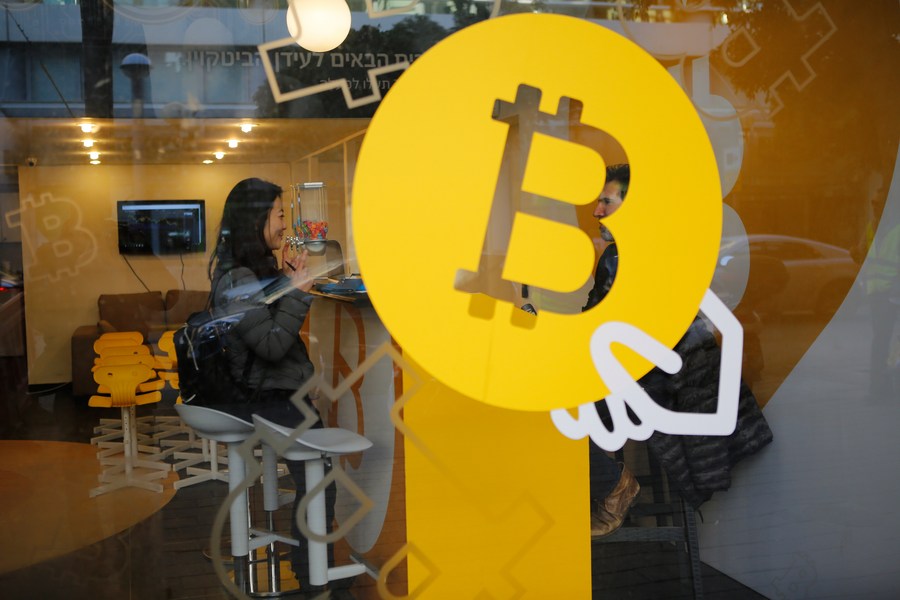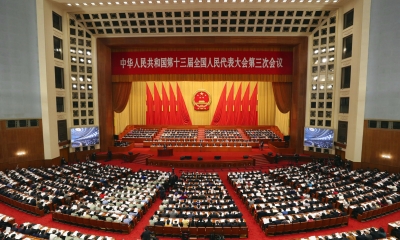SVB Failure Delivers Valuable Lessons in Financial Governance

The SVB failure and its massive reaction has revealed three major systemic risks and lessons.
The sudden failure of Silicon Valley Bank (SVB) overnight, although has not led to American banking crisis thus far, has shaken the world stock markets and cast shadows over the global financial stability.
SVB announced on March 8 its intention of selling $21 billion Available for Sale (AFS) securities with expected loss of $1.8 billion which caused a panic in the market. SVB stock nosedived by 60 percent on the following day and triggered a massive drawing of $42 billion deposit. It in turn, caused a further 50 percent SVB stock price on March 10. California Department of Financial Protection and Innovation (DFPI) and Federal Home Insurance Corporation (FHIC) announced SVB failure and take-over. Signature Bank (SB), NY, also announced failure. Similar crisis loomed up with another nine banks, including First Republic Bank (FRB), Customer Union Bank and others.
The federal government immediately stepped in to check the shock from further spreading. The Treasury Department, the Federal Reserve (FED) and the Federal Deposit Insurance Corporation (FDIC) announced an agreement on evening of March 12 to take over SVB and provide a special one-year loan, so as all the SVB depositors could draw 100 percent of their deposits as from Monday, thus checked the shock from evolving to a major financial crisis.
At this moment, SVB failure has not augured a large-scale financial crisis in America, similar to the 2008-2009 global financial crisis triggered by the fall of Leman Brothers. Still less a global financial crisis (Credit Swiss is a separate case.). Because the fundamental causes of 2008-2009 global financial crisis are massive scale subprime loans to home buyers with poor credit record, and the domino chain of securitization of the subprime loans. The current SVB failure is a different scenario, with none of the above two fundamentals.

However, the SVB failure and its massive reaction has revealed three major systemic risks and lessons.
First, the drastic FED monetary policy upheavals tend to bring financial risks. FED used up all its ammunitions overnight when COVID-19 broke out in the U.S. early March, 2020. It cut the federal rate to zero and started unlimited QE buying up treasury bills and MBS, causing over supply of liquidities at zero borrowing cost. The policies pushed up serious inflation, and created bond market bubbles. Banks and companies shift large part of their assets or even debt to MBS for higher returns. Then the subsequent worst inflation in over 40 years compelled FED to take a sharp U-turn and started drastic rate hikes and balanced sheet shrinking, which in turn depressed the bond market and caused losses on bond holders, including banks. FDIC has estimated that, at the end of 2022, bond market value loss reached $620 billion. Jerome Powell, FED Chairman, has admitted that FED policy changes had been a major reason for the SVB failure.
Second, the wrong asset mix and inappropriate multi-operations by commercial banks tend to enhance systemic financial risks. SVB is a commercial bank. After the 2008-09 global financial crisis, FED has much tighter restrictions on multi-operations by commercial banks, or investment operations by commercial banks. However, during the booming time, commercial banks shifted larger part of their debit (deposits) to bonds profiting. By the end of 2021, SVB deployed 60 percent of its total deposits of $191.4 billion to TB and MBS, leaving less than 40 percent for bank loans. Following the drastic FED rate hikes, the trading prices of TB and MBS kept falling. By the end of 2022, SVB had already lost $2.5 billion in AFS sales and the total book account loss of AFS in hand reached $17.5 billion, against $16.3 billion asset rights and interests, thus constituting a bankruptcy. Had SVB sticked to the basic rules of commercial banks on depositing and lending, taking the margin between the lending and depositing rates, the failure could have been avoided.
Thirdly, the financial innovation by SVB customers constituted a huge time bomb. Many of the SVB customers are tech and VC companies engaged in virtual financial products, including Bitcoin, block chain and metaverse. The zero interest rate policy created a favorable virtual finance ecology, with bitcoin nominal value soaring. The face value of bitcoin was $6,428 on March 20, 2020, when FED cut federal rate to zero. It soared to $68,195 in November, 2021. Thus, their deposits in SVB soared as well. During 2022, however, following FED rate hikes from March 22 on, bitcoin face value nosedived to $18,912 on June 30 and $16,491 on December 30. As a bitcoin friendly bank, SVB suffered large deposit outflows as many of its depositors went bankrupt since May 2022.

All the above three profound systemic risks have revealed a structural problem in U.S. financial governance, providing fresh lessons for China.
First, the central bank’s monetary policy should be prudent, taking into full account of the macroeconomic stability. China has been pursuing a conventional monetary policy, with neither zero interest rate, nor drastic rate hikes. The central bank’s basic rate should be kept relatively stable with limited ups and downs, without drastic shocks to the economy and business. Different alternate monetary measures could be deployed, such as targeted cut in lending rate, limited cut in the reserve requirement ratio (RRR), and more incentives to targeted customers (small and micro businesses, for example). Money supply should also be kept prudent or targeted, to avoid bubbles in bond and security markets.
Second, more emphasis should be put on strict governance on commercial banks. There should be a clear percentage limit of its total deposits for bond trading. Or a clear boundary in its multi-operations. Commercial banks could act as agents of different funds for selling bond or security products to customers, but are not permitted to use the deposits for that purpose.
Thirdly, the government should update financial governance for financial innovation and virtual financial products. While digital RMB has been widely used now, strict regulations should follow. The bitcoin, blockchain and metaverse by tech companies as well as new financial portfolio products by commercial banks should also be put under surveillance for risk prevention. No laissez faire policy is tolerable.
We should follow closely the new developments and trends following SVB failure, the potential new risks and changes in financial governance. They will be of immense value for China in keeping abreast of the latest developments and changes in international financial sector, updating China’s own financial governance to prevent systemic risks, so crucial for China’s macroeconomic stability and high-quality growth over the next five years.
The article reflects the author’s opinions, and not necessarily the views of China Focus.
 Facebook
Facebook
 Twitter
Twitter
 Linkedin
Linkedin
 Google +
Google +







